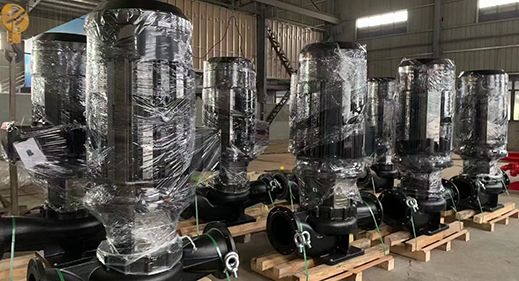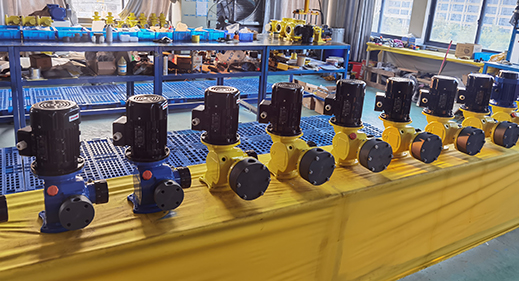Maintenance and damage cause analysis of hydraulic metering pump and plunger pump
Hydraulic metering pump gear pump in the use of a certain period of time, in which the parts will slowly wear and damage, resulting in the pump operation precision and work performance reduction, will cause steam pressure can not come up, provide less oil, noise increase, vibration expansion and other abnormal conditions. This condition is usually a disease of wear or damage to the concentrated pressure pump parts.
In the daily application of hydraulic pumps, if you have the installation of pumps, the use of cooking oil, the cleaning of common faults in operation, and the professional knowledge of how to carry out protection and maintenance, you can greatly slow down the wear of hydraulic pump parts or prevent damage.
Once the parts of the hydraulic metering pump wear and exceed the allowable error, it is necessary to immediately repair and carry out recovery (or carry out disassembly), so that the hydraulic metering pump should get the precision and performance of the work again. In certain situations, skilled operators can even improve the performance of hydraulic pumps according to accurate maintenance and installation techniques.
Hydraulic pump damage
Hydraulic metering pump damage has a variety of reasons, but in terms of its essence, the key is the following two.
1. Wear and Tear
The wear of hydraulic pump parts is the same as the parts of machine equipment, and it is an inevitable trend of the operation of mechanical equipment. Under normal application conditions (that is, following the pump's operating safety operating procedures and equipment maintenance requirements), wear that slowly decreases because of the long-term effect of factors such as friction and chemical changes is classified as natural wear. This kind of wear can not be cleaned and prevented, but according to the careful maintenance and protection of the pump and reasonable application, the wear rate can be slowed down and the cycle time of wear can be increased.
The reasons and conditions of wear and tear have the following categories:

1. Friction and wear
The surface of the parts after production, carefully inspected with a high-magnifying glass, has been uneven, through the operation of the hydraulic pump wear, so that the metal material particles fall from the surface of the parts, the uneven area of the surface of the parts is relatively polished, and then friction again, it will cause deep marks or specifications of the grinding, this kind of wear is all normal biological friction and wear. Also known as grinding wear.
2. Abrasive wear
Because there are solid particulate matter pollutants on the surface of the parts with each other, more than 20% of the environmental pollution particles are silicon ore and hydroxide, according to the analysis of the cooking oil pollutants used in hydraulic pumps. This wear is a more serious component of the wear of the pump parts. They are sandwsandwed in the middle of the surface of the moving pair parts, which is equivalent to the effect of grinding sand when moving. Causing intense abrasive wear.
3. Dent wear
This is also a hydraulic system for fatigue damage. Under the alternating change of load effect, because of the regular reduction and deformation, resulting in internal stress and brittle fracture conditions, resulting in subtle cracks on the parts, and gradually leading to a small piece of stone on the surface of the parts.

4. Corrosion and wear
The surface of hydraulic pump components is subjected to corrosion of alkali, water and other corrosive components in hydraulic oil, and the surface of metal materials is gradually damaged.
The particles worn by the above types of wear fall again in the middle of the two fitness components, and will increase the superficial wear. According to experiments, the larger wear of the inclined disc pumping gear pump is produced in the wear wear of 5~10μm solid particles, and the significant reduction in the hydraulic pump oil pipeline is due to the wear wear of 40~60 solid particles.



